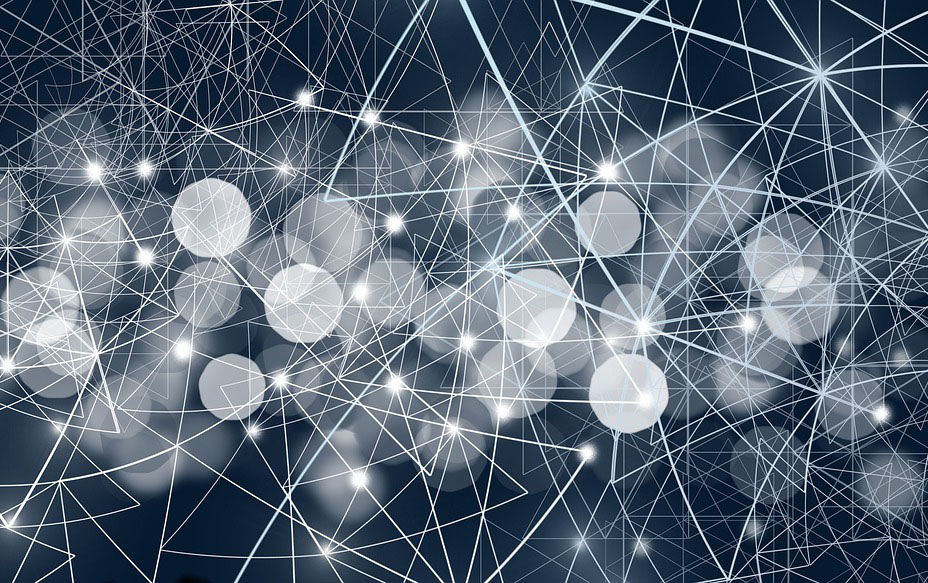Over the past decade, U.S. tech firms have made significant advancements in artificial intelligence and robotics, making it far easier and more efficient to automate tasks and functions across industries. Artificial intelligence (AI) affects all types of risks and lines of insurance, and the workers’ compensation market has a particularly large stake in the developments.
Although the U.S. has experienced technological change and disruption during prior periods of industrial revolution, the pace and scope of the fourth industrial Revolution positions it to have a far greater impact on the U.S. and global economies. The recent advancements in AI and robotics are some of the most significant computer science advancements of our generation. Google CEO Sundar Pichai has compared the advances to the discovery of electricity and fire, while Bain predicts that the U.S. will invest $8 trillion in automated technologies by 2030.
The U.S. is currently the global leader in developing and investing in AI technologies and robotics; however, our global competitors are rushing to catch up. In 2017, AlphaGo, an artificial intelligence program developed by Google, defeated Ke Jie, the world’s champion Go player. (Go is a popular and complex ancient board game made digital). Since then, global investment dollars in AI continue their upward trend.
See also: Untapped Potential of Artificial Intelligence
Back in 2015, China’s government launched the "Made in China 2025" campaign to become a market leader in developing these new technologies by 2025. As China and other global leaders invest in smart factories (which are driven by AI and robotics), the rise of these factories will affect not only production worldwide but also potentially eliminate jobs and keep wages down worldwide. This intense focus and investment from our largest global competitors will likely accelerate the pace and scale of change and limit our ability to manage the disruptive effects across many sectors of our economy.
Significantly, the new technologies are poised to challenge traditional assumptions that AI and robotics will be used to perform only low-level and highly repetitive tasks. MIT’s latest research shows that machines are better at pattern recognition and judgment calls. New AI technologies and robotics are also helping doctors detect early signs of cancer by analyzing a condition and comparing it with data points of other patients. (We’ll explore this notion further in our next blog in this series.)
It remains unclear whether the benefits of AI and robotics will outweigh the disruption to many traditional industries and their employees. In fact, a number of influential CEOs, venture capitalists and academics have already raised concerns about how these advances in AI and robotics could fundamentally change our society and the future of work for blue- and white-collar workers.
See also: 3 Steps to Demystify Artificial Intelligence
Blackstone’s CEO, Stephen Schwarzman, who provided $250 million to launch MIT’s new college for AI and robotics, remarked, “We face fundamental questions about how to ensure that technological advancements benefit all - especially those most vulnerable to the radical changes AI will inevitably bring to the nature of the workforce.”








